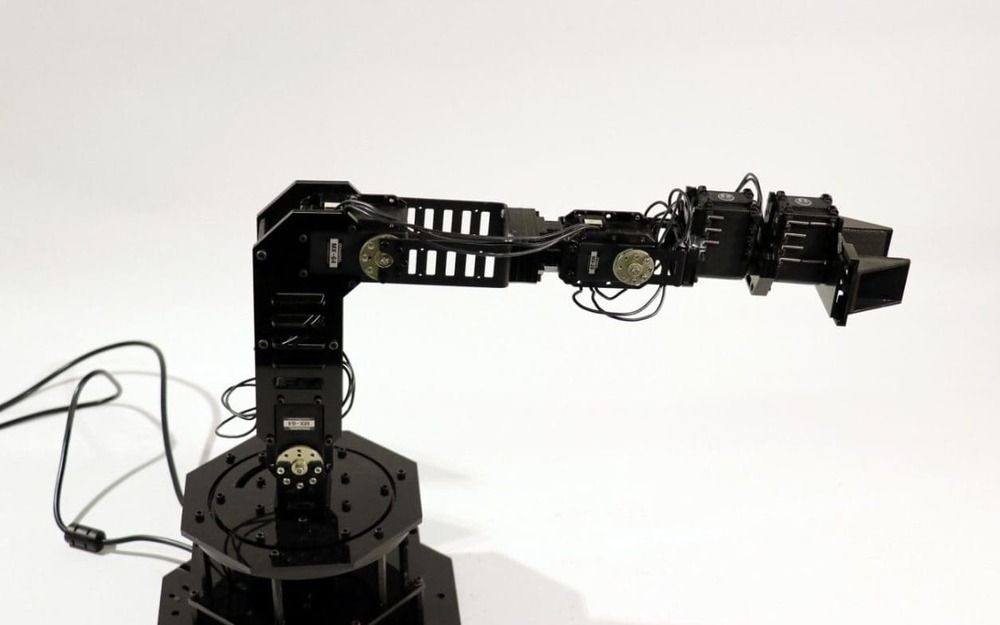Half of patients with aggressive brain cancer glioblastoma die within 14 months of diagnosis. A new treatment could give them more time.



The flexible needles could help doctors deliver stem cells to broader areas of the brain with fewer injections. Such therapies are being investigated for Parkinson’s disease, stroke and other neurodegenerative disorders.

Caterpillar, along with Pon Equipment, has unveiled an all-electric 26-ton excavator with a giant 300 kWh battery pack in an effort to electrify construction equipment.
They built a prototype in Gjelleråsen, Norway for construction company Veidekke who plan to use 8 of them.
The company expects that the machine will result in a better experience for its employee by reducing air and noise pollution at construction sites.





The rise of “self-aware” robots has come a major step closer following the invention of a machine capable of thinking for itself from scratch, scientists have said.
Engineers at Columbia University claim to have smashed one of the biggest barriers in the field of robotics after a mechanical arm, which had not been programmed with any instructions, began performing practical tasks after just a few hours.
The team said this is the first time a robot has shown the ability to “imagine itself”, thereby working out what its purpose is and how to perform it.


Global thermonuclear war. The slight possibility that a massive asteroid could boop Earth. Jenga. These are a few of the things that give humans debilitating anxiety.
Robots can’t solve any of these problems for us, but one machine can now brave the angst that is the crumbling tower of wooden blocks: Researchers at MIT report today in Science Robotics that they’ve engineered a robot to teach itself the complex physics of Jenga. This, though, is no game—it’s a big step in the daunting quest to get robots to manipulate objects in the real world.
You’ve read your last complimentary article this month. To read the full article, SUBSCRIBE NOW. If you’re already a subscriber, please sign in and and verify your subscription.